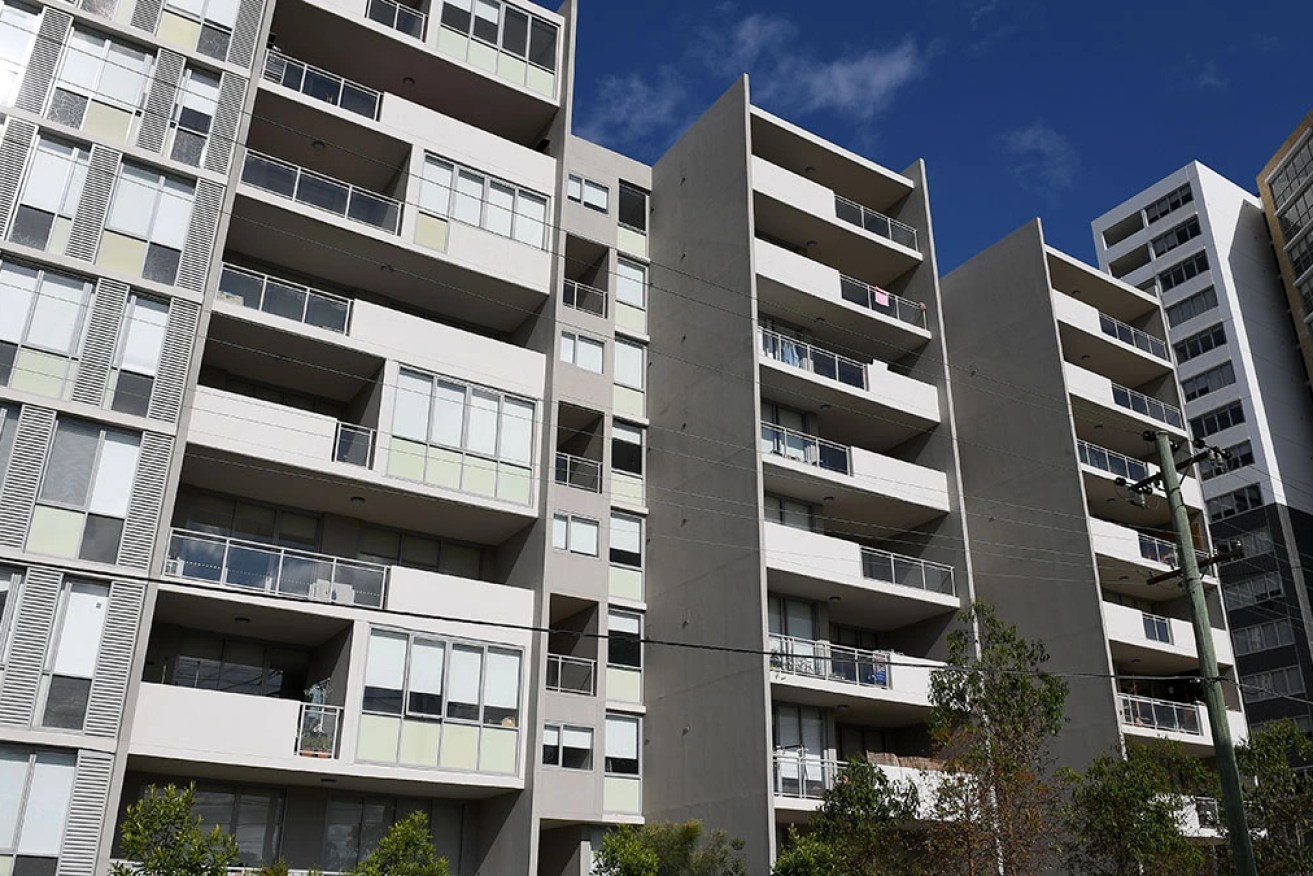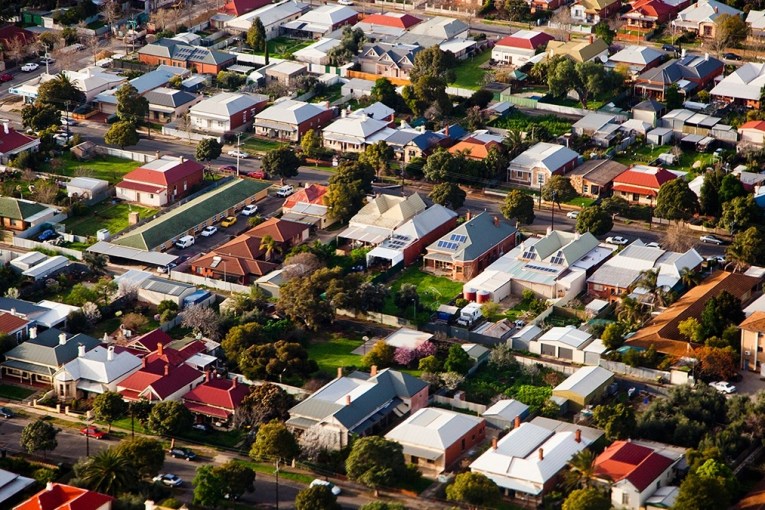National cabinet moves on housing, but there’s no immediate rental relief


Billons for housing will ease the housing crisis in the future, but doesn't help those struggling now. Photo: AAP
A new $3.5 billion investment in housing by 2029 may ease the housing crisis in the future, but it doesn’t help those currently struggling with the rising cost of renting, advocates say.
After state leaders and Prime Minister Anthony Albanese had a national cabinet meeting on Wednesday, they announced a national target to build 1.2 million new homes by 2029 – up from one million previously – and $3.5 billion in federal funding for housing.
Dr Michael Fotheringham, director of the Australian Housing and Urban Research Institute, said national cabinet is using a two-fold strategy to try to ease housing problems.
“One is increasing supply and really quite significant measures to increase affordable supply, which in the medium term is what we need to do to improve the rental market,” he said.
“Under the better deal for renters heading, there are a whole raft of regulatory improvements that are identified, many of which are really quite important.”
The cabinet also announced the development of a “nationally consistent policy to require genuine reasonable grounds for eviction”, and the aim of limiting rental increases to once a year and introducing minimum rental standards.
Leo Patterson Ross, CEO of Tenants’ Union NSW, said every state and territory should be looking to go further than “the minimum standard” implemented by national cabinet.
“No-grounds eviction is something that has been really overdue. It was part of the 1975 Whitlam inquiry and the only recommendation that wasn’t taken up at the time across the country,” he said.
“A minimum standard should be implemented, but we really need to make sure rents are being brought back into a more reasonable rate of increase.”
Relief for renters?
The Grattan Institute estimates that the extra 200,000 homes built under the plan could reduce rents in Australia by about 4 per cent, saving renters $8 billion over the first five years.
If the increased rates of construction are maintained over a decade, renters could save $32 billion after rents decrease by 8 per cent.
The proposed changes will create more supply in the market in the future, but it doesn’t provide relief to people currently struggling with rental increases and the cost of living.
The Greens have touted a national rent freeze and rental increase caps as a solution, but Dr Fotheringham said the proposal wouldn’t have the desired effect on the rental market.
“The Greens have argued if investors sell up rental properties, first-time buyers would just snap them up, except that most renters don’t have the deposit to do that or they would have done this already,” he said.
“What is more likely to happen is another investor will purchase it and put it on Airbnb or will be more difficult around repairs or increased rental prices.”
He said international evidence from the US and Europe of rental controls are far more targeted than a national rent freeze.
“No one has attempted to do a rent freeze across an entire continent, across the entire market,” he said.
“It’s a three-word slogan that is great for producing merchandise and door knocking, but it isn’t actually a viable policy proposal.”

New York is often cited in arguments for rent control or freezes, but municipalities can choose to opt in or out of the scheme. Photo: Getty
Housing crisis
About 1600 Australians become homeless each month due to low rental vacancies and soaring prices, and Mr Patterson Ross said both regulatory intervention in the market and increased supply are needed to resolve shortfalls in affordable and social housing.
“The lesson that is slowly being learned is that you have to do both. You can’t rely on regulation alone, but you also have to be realistic about the likely outcomes of relying on the market,” he said.
“That $3.5 billion will make a difference. It will certainly help kick start the process, but I think we need to see the federal government taking steps to bring more funding and more social housing online.”
Australia’s rental vacancy rate currently sits about 1.45 per cent, creating a tight and competitive market for those looking for a home.
Dr Fotheringham said there are other factors in the housing market that still require more focus from governments, despite positive action by the national cabinet.
“Rental properties that have been taken out of the market and into short-term letting platforms, and minimum standards for rental properties – these are both areas where there is more to do,” he said.
“You don’t want to do things that discourage the provision of rental accommodation and you don’t want to chase landlords away from the market.”








